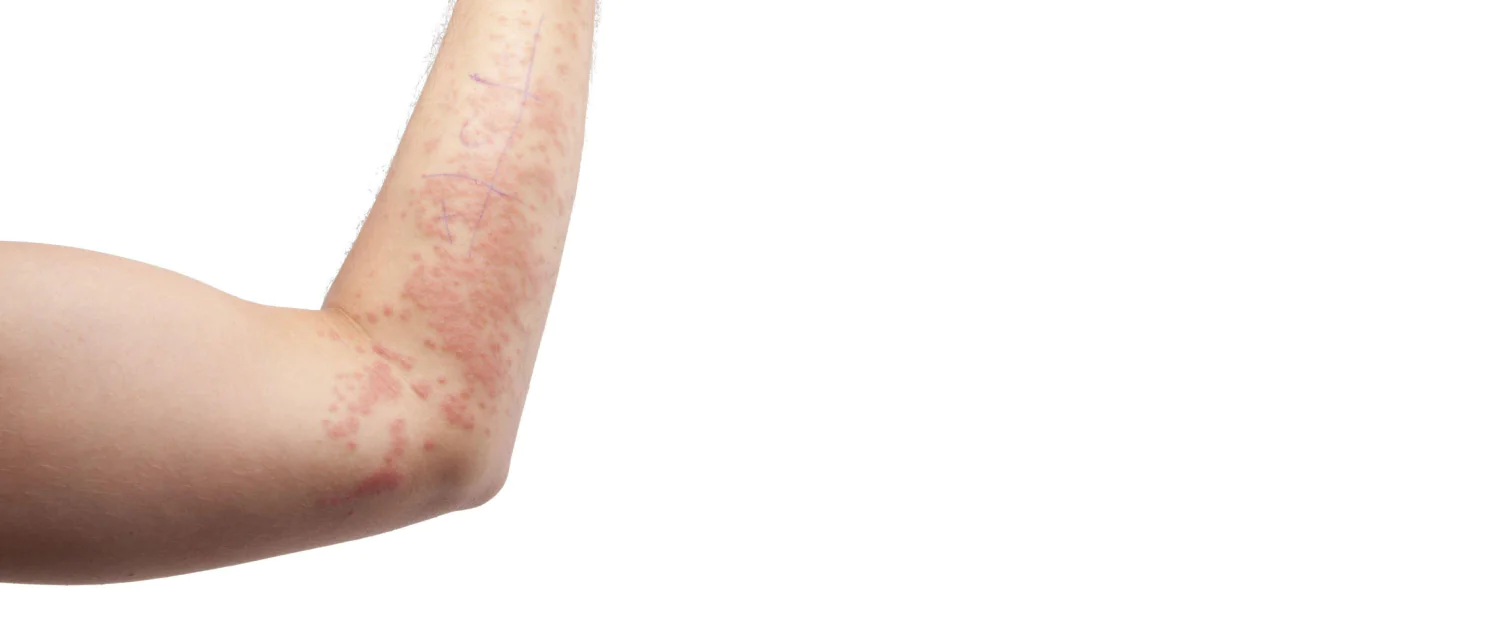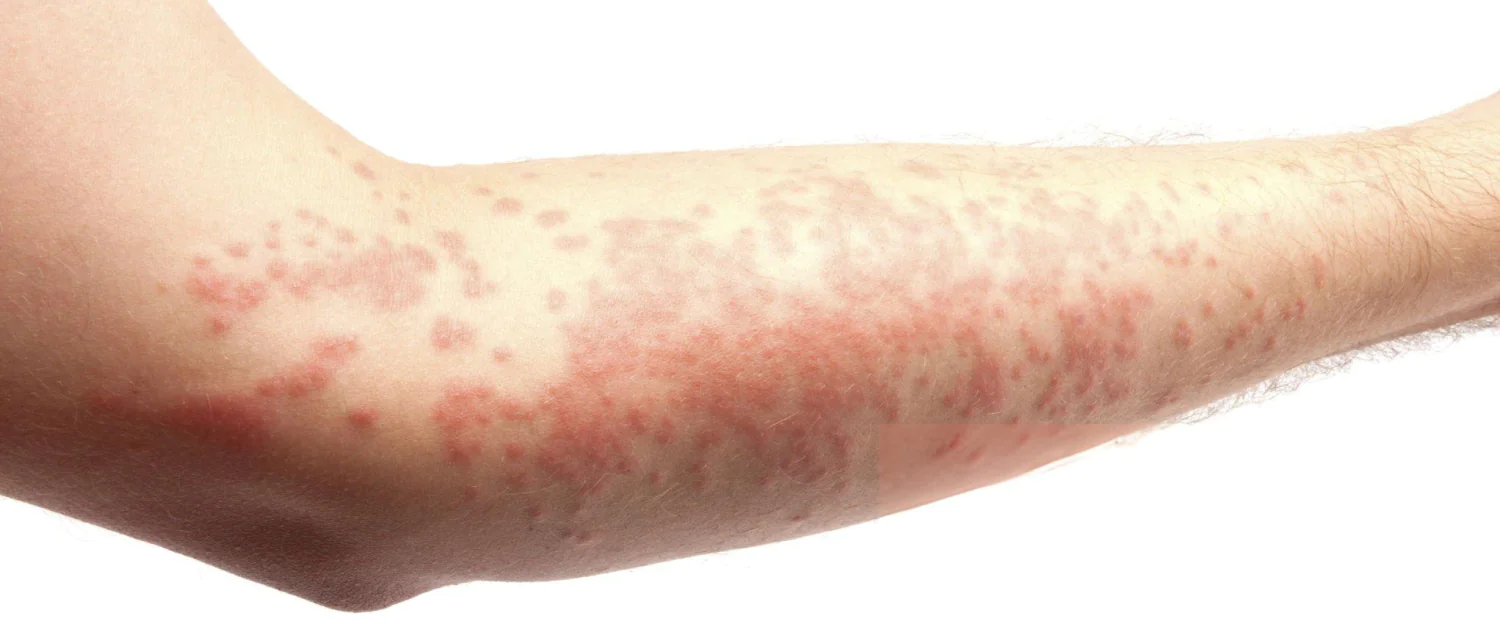What is Histamine?
What Is Histamine Intolerance?
Histamine is a compound that regulates many different functions of our body.
However, in some people, histamine accumulates more than normal, which can lead to various health problems. This condition is known as“histamine intolerance“.
You can find answers to all questions about histamine and histamine intolerance in our article.
What is Histamine?
Histamine is a natural chemical produced by our body.
It plays a role in many important functions, especially allergic reactions, digestion and the immune system.
It is stored in some cells in our body and released when needed.
The main functions of histamine are:
- Allergic Reactions: Histamine activates the body’s defense mechanism when it encounters allergens (such as pollen, dust).
When there is an allergy, histamine is released, which causes symptoms such as runny nose, itching and redness.
So, many allergy symptoms are caused by histamine. - Digestion: Histamine helps the stomach to produce acid.
This acid helps digest the food we eat.
So, histamine plays an important role in digestion. - Role in the Brain Histamine also works in the brain and helps us stay awake, learn and remember.
It is one of the chemicals that helps us wake up in the morning and stay awake throughout the day. - Blood Circulation Histamine causes our blood vessels to dilate.
This helps the body to cope better with situations such as infection or injury.
It can also affect blood pressure. - Inflammation and Injury Response: When something is injured or infected, histamine is released, causing more blood to flow to the area.
This speeds up healing.
In short, histamine is a very important substance that regulates many functions of our body.
However, in excess, it can cause health problems such as allergies and histamine intolerance.
What Foods Contain Histamine?
Foods with a high histamine content include:
- Fermented foods (cheese, pickles, soy sauce)
- Processed meats (sausage, salami)
- Seafood (non-fresh fish, tuna, mackerel, sardines)
- Shellfish
- Alcohol, especially red wine and beer
- Tomatoes, eggplant, spinach, avocado
- Strawberry, banana, pineapple, citrus
- Yogurt, kefir, matured cream
- Marinades prepared with vinegar and vinegar
- Chocolate, cocoa
- Yeast breads, yeast pastries
These foods can trigger symptoms in people with histamine intolerance.
Followinga histamine intolerance diet requires avoiding such foods. 
What is Histamine Intolerance (Histamine Allergy)?
Histamine intolerance is caused by an imbalance between accumulated histamine and the capacity to break down histamine.
It occurs when the body is unable to break down histamine properly.
This is usually due to a deficiency or insufficiency of the enzymes that break down histamine.
Due to this deficiency, histamine builds up, causing a health condition known as histamine intolerance, also known as histamine allergy, and the symptoms can be similar to allergic reactions.
What are the Symptoms of Histamine Intolerance?
Ingestion of histamine-rich foods, alcohol or medicines that block the release of histamine can cause symptoms such as diarrhea, headache, nasal and eye symptoms, asthma, hypotension, arrhythmia, urticaria, itching, flushing in people with histamine intolerance.
These symptoms may vary from person to person, but the most common symptoms of histamine intolerance are:
- Headache and migraine
- Skin redness, itching
- Nausea, vomiting, diarrhea
- Runny nose, watery eyes
- Heart palpitations
- Fatigue and weakness
These symptoms can occur when foods with high histamine content are consumed or when histamine builds up in the body.
How to Test for Histamine Intolerance?
Testing for histamine intolerance usually involves several stages and different methods are used to make a diagnosis.
Your doctor will first listen to your symptoms.
Histamine intolerance usually manifests itself with symptoms such as headache, nausea, skin rash, itching, nasal congestion.
The foods or situations in which these symptoms occur are noted.
For example, if these symptoms occur after eating foods such as cheese, wine or chocolate, histamine intolerance may be suspected.
Your doctor may ask you to record what you eat over a period of time and the symptoms you feel afterwards.
This helps to understand which foods trigger symptoms.
An elimination diet can be used, in which foods high in histamine are removed from the diet.
In this diet, histamine-containing foods are completely eliminated for a certain period of time.
If symptoms ease or disappear during this period, this may indicate histamine intolerance.
To confirm the suspicion of histamine intolerance, the doctor can measure histamine levels in the blood and levels of the enzyme diamine oxidase (DAO).
The DAO enzyme is an enzyme that breaks down histamine in the body.
Low levels of DAO may indicate that histamine is not being broken down sufficiently and may therefore lead to intolerance symptoms.
In some cases, under the supervision of a doctor, the patient is given a certain amount of histamine and observed how the body reacts to it.
This is done to provide a more precise diagnosis.
As a result of these tests, your doctor can assess whether you have histamine intolerance and prescribe an appropriate treatment plan.
Treatment usually includes a diet low in histamine and, if necessary, the use of antihistamine medication.
What is the Histamine Intolerance Diet?
A histamine intolerance diet is based on eating low-histamine foods and avoiding high-histamine foods.
The diet helps to relieve symptoms and minimizes the signs of histamine allergy.
The use of antihistamines can also be effective in controlling symptoms in combination with diet.
For people with histamine intolerance, dietary management is very important.
In this diet, foods high in histamine are avoided and foods that help keep histamine levels low are preferred.
Foods that are rich in histamine or that can increase the release of histamine in the body should be excluded from the diet. Foods that have low histamine levels and are generally safe to consume while on a histamine intolerance diet include the following:
- Fresh meat and fish: Frozen and fresh is recommended.
Especially unprocessed and freshly prepared meat. - Fresh Vegetables: Vegetables with low histamine content such as zucchini, carrots, cauliflower, broccoli, lettuce, cucumber.
- Fresh Fruits: Fruits with low histamine content such as apples, pears, melons, watermelon.
- Cereals Rice, oats, corn.
- Milk and dairy products: Fresh milk and dairy products (when histamine levels are low).
- Vegetable Oils: Vegetable oils such as olive oil, coconut oil, sunflower oil.
- Legumes: Chickpeas, lentils, beans (if well tolerated).
Histamine Intolerance Diet Considerations:
- Food Freshness: Histamine levels increase with the storage time of food.
Therefore, it is important to consume food fresh. - Avoiding Processed Foods: Processed and packaged foods often have a higher histamine content, so such foods should be avoided.
- Keeping a Food Diary: It can be helpful to keep a food diary to understand which foods trigger symptoms.
Everyone reacts differently to histamine.
Therefore, personal experience is important to understand which foods can cause problems.
It is a good idea to talk to a nutritionist or doctor to make sure your diet is right for you.
A histamine intolerance diet can be an effective way to manage symptoms and improve quality of life.
However, it is important to follow a histamine intolerance diet under the supervision of a specialist.
Which Department Treats Histamine Intolerance?
People with suspected histamine intolerance should usually consult an allergist or gastroenterologist.
These specialists will provide guidance on testing for histamine intolerance and appropriate treatment.
How is Histamine Treatment?
Treatment of histamine intolerance;
- Following a low histamine diet,
- Taking antihistamines
- It is based on taking enzyme supplements that support histamine breakdown when needed.
Treatment is planned to alleviate the person’s symptoms and improve their quality of life.
Frequently Asked Questions
What does histamine do in the body?
Histamine triggers allergic reactions in the body, regulates the secretion of stomach acid and functions as a neurotransmitter in the nervous system.
Is histamine dangerous?
Histamine is an essential molecule for the body at normal levels.
However, at high levels it can lead to allergic reactions and symptoms of histamine intolerance.
What happens if histamine increases in the body?
An increase in histamine in the body can lead to various symptoms such as allergic reactions, headaches, stomach problems, skin reactions.
This condition is known as histamine intolerance.
How do we recognize histamine intolerance?
Histamine intolerance can be recognized by symptoms that occur after consuming foods with high histamine content.
A definitive diagnosis can be made with blood tests and nutritional monitoring.





